This list of the most dangerous routes on Kilimanjaro puts into consideration many factors, among them, safety concerns, acclimatization and trail conditions, among others. When it comes to planning a Kilimanjaro climb, one of the most common questions we receive is which route to take. We have our favourite routes that we highly recommend:-
We also like the 7 day Rongai route and the 7 day Machame route. These four routes are the ones we guide on for our group climbs because we believe they are the best choices for most people. We take into consideration factors such as scenic beauty, physical difficulty, foot traffic, and acclimatization profile. However, in this article, we would like to discuss the four routes on the opposite end of the spectrum. These are routes that we do not recommend for most people. As a rule, we tend to steer people away from these routes that we consider to be more risky. Our main goal is to ensure that everyone reaches the summit in the safest way possible. These four routes carry an increased risk of altitude sickness, injuries, and other potential dangers. It is important to note that each person’s knowledge, abilities, experience, and risk tolerance may differ. What may be a terrible choice for one climber could be ideal for another, as long as the client is aware of the challenges and makes an informed decision. Keeping that in mind, here are the four most dangerous routes on Kilimanjaro. Now, let us delve deeper into the characteristics of these routes and why they pose significant risks.
The first route that we strongly advise against is the Western Breach Route. This route is known for its treacherous terrain, including loose rocks and steep inclines. It demands a high level of technical climbing skills, making it unsuitable for most climbers. The Western Breach Route also carries an increased risk of rockfall, which poses serious danger to climbers attempting this route. Due to its challenging nature, climbers who opt for this route must possess extensive mountaineering experience and be prepared for the physical demands it presents.
Moving on, the second route we discourage climbers from taking is the Umbwe Route. This route is notorious for its extremely steep and relentless ascent, offering limited opportunities for acclimatization. The lack of gradual altitude gain increases the risk of altitude sickness, as the body does not have ample time to adapt to the changing elevation. The Umbwe Route requires climbers to possess exceptional fitness levels and prior experience with high-altitude trekking. Additionally, its narrow trails and rocky terrain further contribute to the hazardous nature of this route.
The Crater Route involves traversing rugged volcanic terrain, which can be physically demanding and mentally challenging. The unpredictable weather conditions at the summit increased the risk of hypothermia and frostbite. Furthermore, the thin air at high altitudes poses a greater threat of altitude-related illnesses. Climbers considering the Crater Route must possess exceptional fitness levels, robust mountaineering skills, and the ability to withstand extreme weather conditions. To conclude, although these four routes may appeal to certain climbers looking for a more adventurous or technically challenging experience, we strongly advise against them for the majority of individuals. Safety is our utmost priority, and we believe that the recommended routes provide the best balance of scenic beauty, physical difficulty, foot traffic, and acclimatization profile. Kilimanjaro is a majestic mountain that can be conquered through various routes, but it is crucial to assess one’s personal capabilities and comfort level before embarking on this awe-inspiring journey.
Western Breach Routes
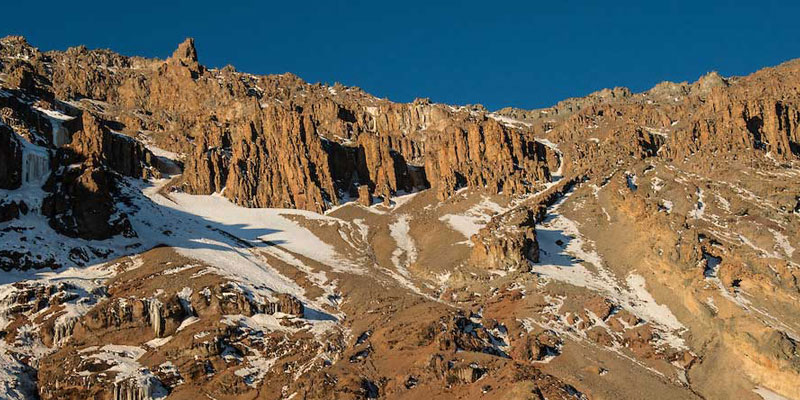
The Western Breach is not a designated path but rather one of the three possible routes to reach the summit. Unlike the other routes that approach from the east, the Western Breach ascends from the west. What sets it apart is its challenging nature, featuring a steep incline on a rocky slope that requires some scrambling skills to navigate. This particular area poses a dual threat. Firstly, the terrain is unstable and prone to rockslides, and unfortunately, the trail funnels climbers into the very area where these rocks could potentially roll down. As a result, there have been numerous accidents on the Western Breach, with a tragic incident in 2006 resulting in the death of three individuals and injuring five others due to rockfall. Consequently, the route was closed for evaluation, reopening nearly two years later with an alternative path that minimized a climber’s exposure to the most vulnerable sections. However, the risk of rockfall still persists. Secondly, the Western Breach is not suitable for descending due to its loose ground substrate, increasing the likelihood of slipping and falling. If a climber requires evacuation, depending on their location on the Western Breach, they may need to continue ascending to the summit before being guided or carried down the other side. While immediate descent is the recommended treatment for altitude sickness, this may not be feasible on the Western Breach. At Tranquil Kilimanjaro, we consider the Western Breach to carry an unreasonable level of danger. Out of concern for the safety of both our clients and staff, we do not offer guidance on this route. Individuals who choose to tackle the Western Breach with a different operator should have confidence in their ability to navigate certain sections swiftly to minimize exposure to hazardous areas. Additionally, they should ensure they acclimatize well to reduce the chances of needing rescue. Lastly, they must be highly selective in choosing a guide service, as the majority of operators do not have comprehensive emergency safety protocols in place.
Crater Camp Routes
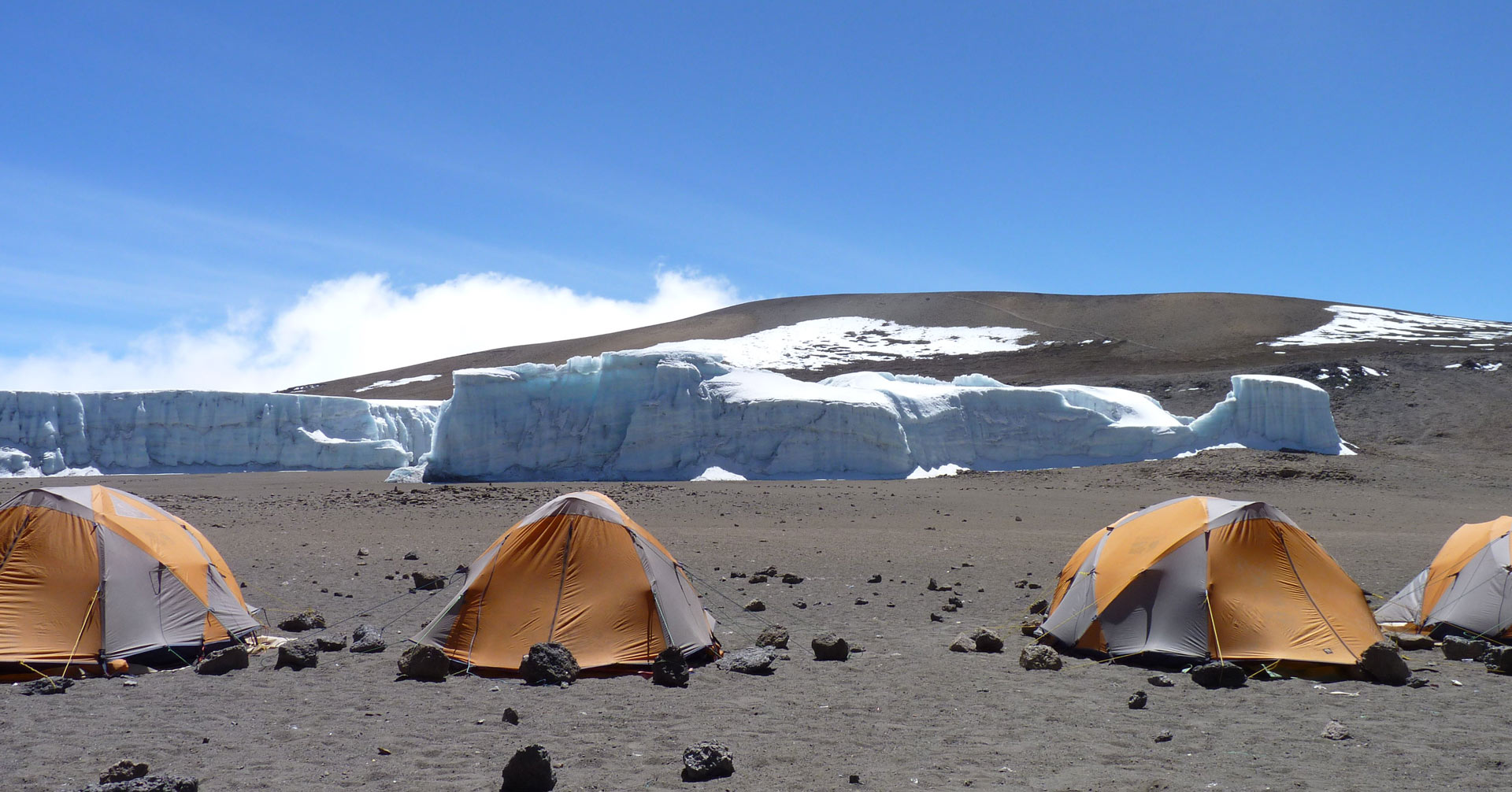 Crater Camp, situated on Mount Kilimanjaro, claims the highest title of all campsites. It sits at an astonishing altitude of 18,865 feet above sea level, putting it a mere 475 feet below the summit. Nestled close by is the Furtwangler Glacier, one of the few remaining glaciers on Kilimanjaro. The allure of being in close proximity to these glaciers and the optional hike to explore the ash pit of Kilimanjaro is truly tempting. However, these areas are rarely visited by many people. Choosing to spend the night at Crater Camp does come with its fair share of risks. Climbers who decide to rest at this campsite will experience a significant increase in altitude, going from approximately 15,000 feet the previous night to nearly 19,000 feet. In other routes, climbers do not spend considerable time at these elevations as they immediately ascend and descend. The toll of spending a night at such a high altitude can be physically challenging, increasing the chances of altitude sickness. Moreover, evacuating someone who falls ill during the night becomes much more difficult in the darkness. To ensure sufficient acclimatization, we offer the exclusive opportunity to stay at Crater Camp on our longest routes – the Lemosho and Northern Circuit routes. However, it is important to note that the 9-day Lemosho Crater Route and the 10-day Northern Crater Route are only available upon special request and subject to approval.
Crater Camp, situated on Mount Kilimanjaro, claims the highest title of all campsites. It sits at an astonishing altitude of 18,865 feet above sea level, putting it a mere 475 feet below the summit. Nestled close by is the Furtwangler Glacier, one of the few remaining glaciers on Kilimanjaro. The allure of being in close proximity to these glaciers and the optional hike to explore the ash pit of Kilimanjaro is truly tempting. However, these areas are rarely visited by many people. Choosing to spend the night at Crater Camp does come with its fair share of risks. Climbers who decide to rest at this campsite will experience a significant increase in altitude, going from approximately 15,000 feet the previous night to nearly 19,000 feet. In other routes, climbers do not spend considerable time at these elevations as they immediately ascend and descend. The toll of spending a night at such a high altitude can be physically challenging, increasing the chances of altitude sickness. Moreover, evacuating someone who falls ill during the night becomes much more difficult in the darkness. To ensure sufficient acclimatization, we offer the exclusive opportunity to stay at Crater Camp on our longest routes – the Lemosho and Northern Circuit routes. However, it is important to note that the 9-day Lemosho Crater Route and the 10-day Northern Crater Route are only available upon special request and subject to approval.
6-Day Umbwe Route
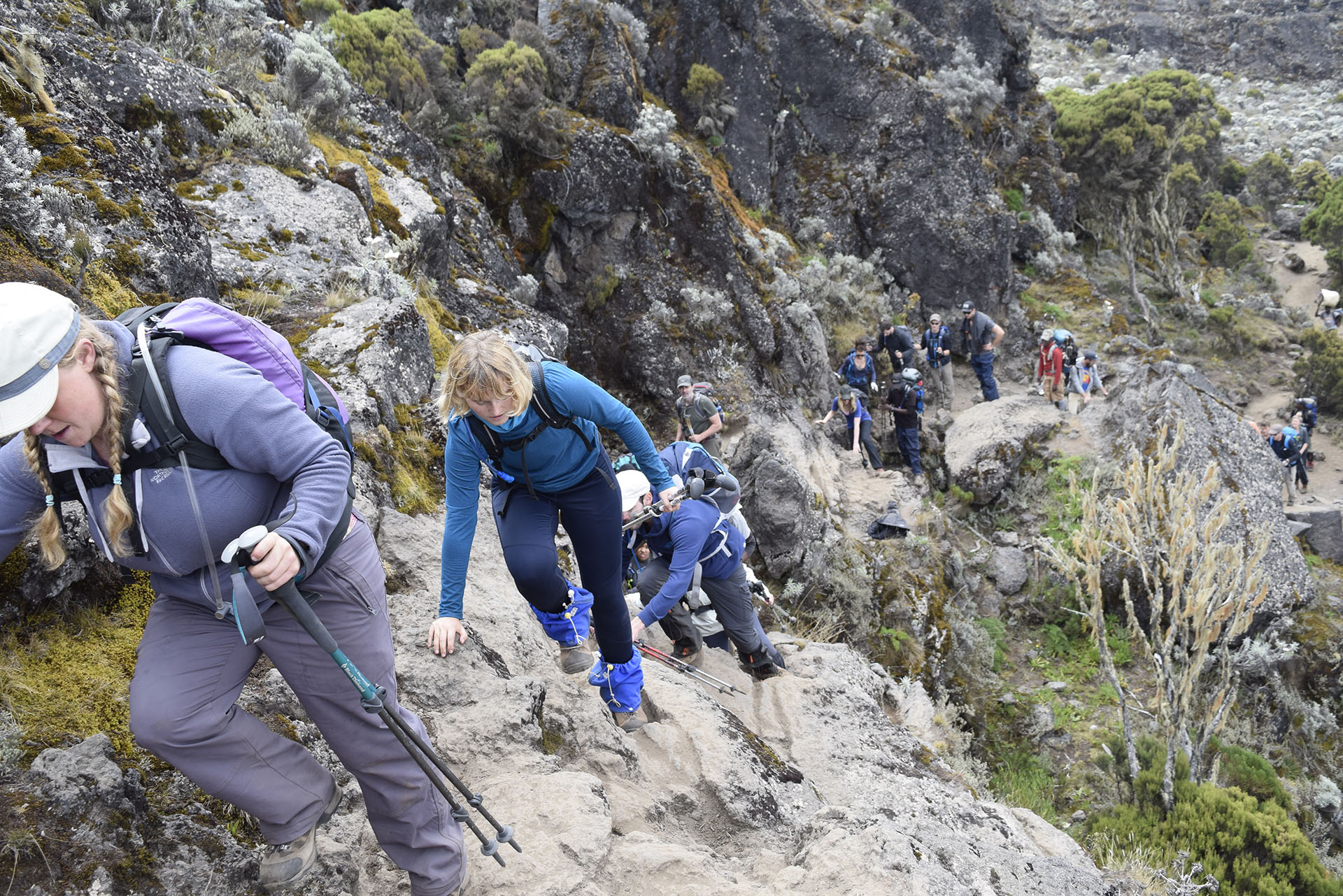 Umbwe is renowned for its reputation as the most challenging path on Kilimanjaro. This is primarily due to its unique route profile – short, steep, and direct. From a perspective of acclimatization, this route does not allow sufficient time for climbers to adjust to the lower oxygen levels. The ascent is too rapid. Individuals who opt for this route must possess unwavering confidence in their ability to acclimatize and maintain a high level of overall fitness. Notably, we had three moderately sized groups from the U.S. Army, stationed in Afghanistan, successfully complete the 6-day Umbwe route without encountering any problems. If you choose to embark on the Umbwe route, it is strongly advised to slow down the pace by adding an additional night at Barranco Camp (13,000 feet), effectively transforming it into a 7-day route. The route you ultimately select has the potential to make or break your climb. Opting for trails that are shorter and steeper significantly raises the likelihood of experiencing altitude illness, as does spending time at extreme altitudes. As previously mentioned, we highly recommend that our clients undertake the 9-day Northern Circuit, 8-day Lemosho route, 7-day Rongai route, or 7-day Machame route. We firmly believe that these routes are exceedingly suitable for nearly all climbers on Kilimanjaro. Nonetheless, if you feel compelled to pursue alternative routes or variations, we strongly urge you to conduct thorough research and comprehend the associated risks before committing to a less favourable route.
Umbwe is renowned for its reputation as the most challenging path on Kilimanjaro. This is primarily due to its unique route profile – short, steep, and direct. From a perspective of acclimatization, this route does not allow sufficient time for climbers to adjust to the lower oxygen levels. The ascent is too rapid. Individuals who opt for this route must possess unwavering confidence in their ability to acclimatize and maintain a high level of overall fitness. Notably, we had three moderately sized groups from the U.S. Army, stationed in Afghanistan, successfully complete the 6-day Umbwe route without encountering any problems. If you choose to embark on the Umbwe route, it is strongly advised to slow down the pace by adding an additional night at Barranco Camp (13,000 feet), effectively transforming it into a 7-day route. The route you ultimately select has the potential to make or break your climb. Opting for trails that are shorter and steeper significantly raises the likelihood of experiencing altitude illness, as does spending time at extreme altitudes. As previously mentioned, we highly recommend that our clients undertake the 9-day Northern Circuit, 8-day Lemosho route, 7-day Rongai route, or 7-day Machame route. We firmly believe that these routes are exceedingly suitable for nearly all climbers on Kilimanjaro. Nonetheless, if you feel compelled to pursue alternative routes or variations, we strongly urge you to conduct thorough research and comprehend the associated risks before committing to a less favourable route.
5 Day Marangu Route
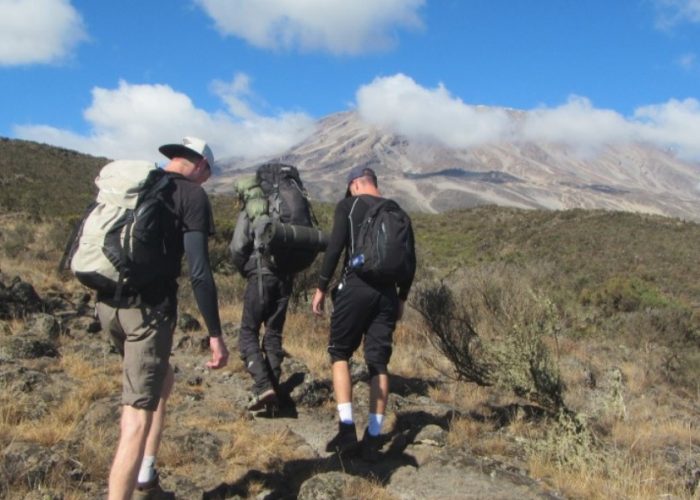
You might be surprised by this, but the Marangu route, often marketed as the easiest option for beginners, is not as simple as it appears. Despite its short distance and gradual slope, along with comfortable mountain huts and beds for climbers to rest in, this route is far from ideal. In fact, we firmly believe that if other operators were as honest as we are about the difficulties of this trail, people would think twice before choosing it. Despite being one of the most popular routes on the mountain, it actually has the lowest success rate when it comes to reaching the summit, with less than 30% of climbers making it. So why is this path so challenging? Well, the main issue is that the Marangu route is the shortest option, just 5 days in total. This means less time for climbers to acclimatize to the high altitude, increasing the risk of developing acute mountain sickness. On the other hand, the longer routes provide ample time for the body to adjust to the altitude, resulting in a safer and healthier ascent. If you are set on climbing the Marangu route, we suggest opting for the 6-day itinerary and adding an extra night at Horombo Hut, which sits at an elevation of 12,200 feet. This adjustment can improve the success rate of reaching the summit to around 50%.
What are the dangers you might face on Mount Kilimanjaro?
![]()

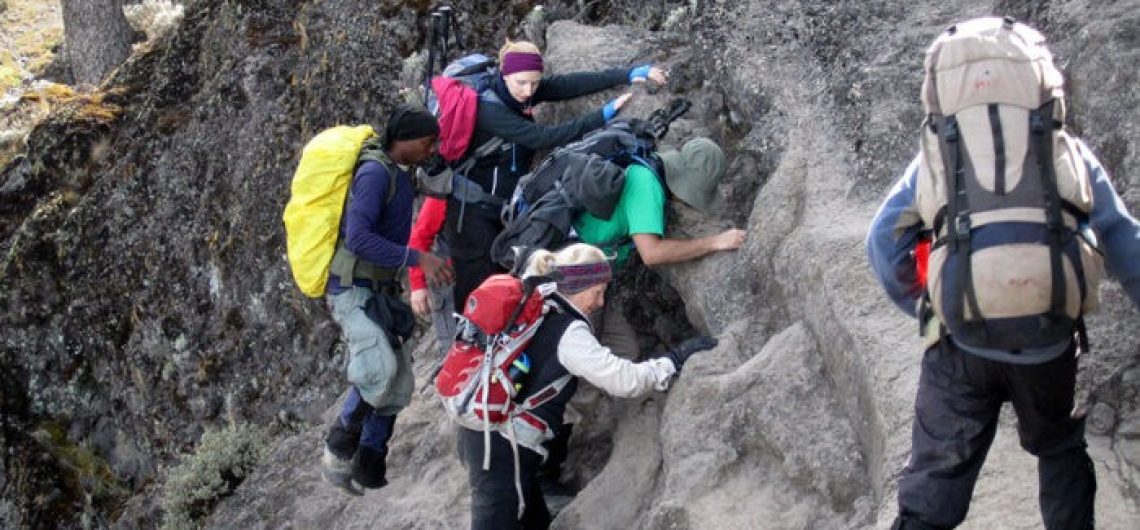
Comments